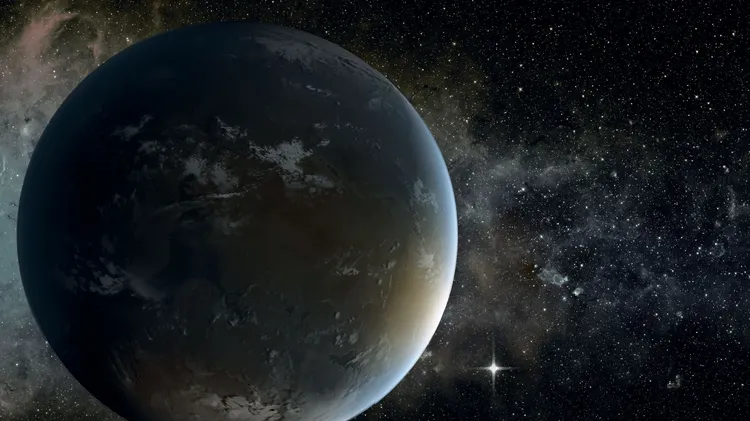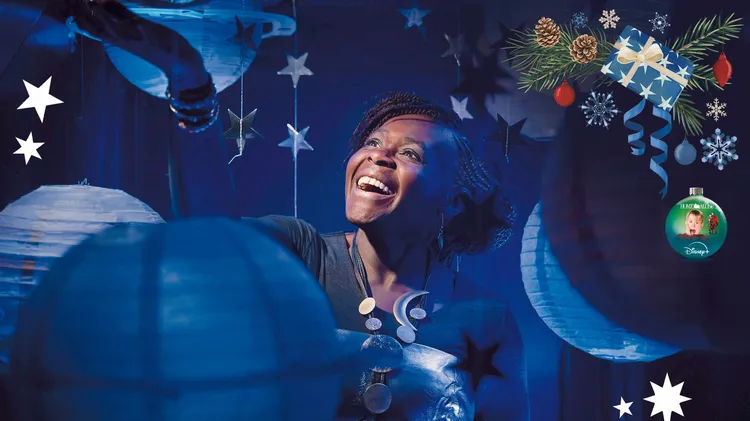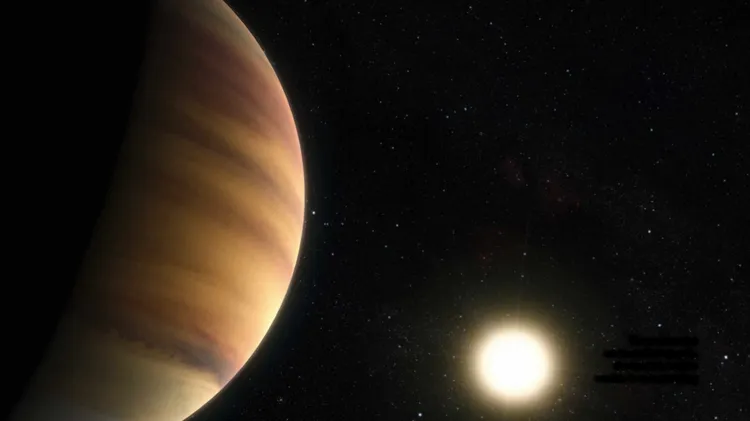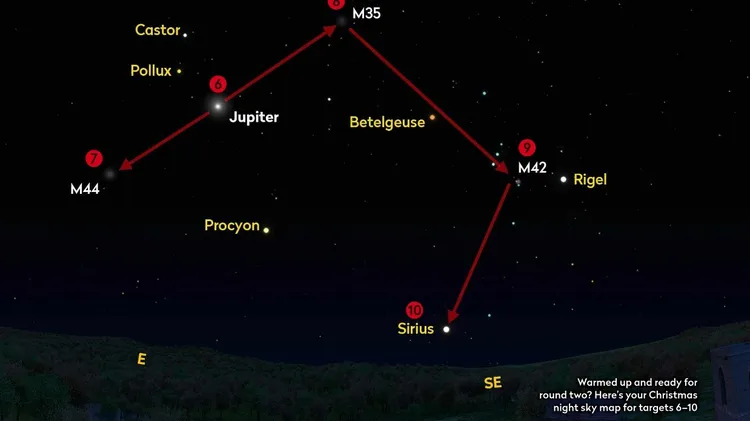On The Sky at Night in 2022, George Dransfield shared her Antarctic as
Inside the sky at night
4 min read
This article is from...
Read this article and 8000+ more magazines and newspapers on Readly






